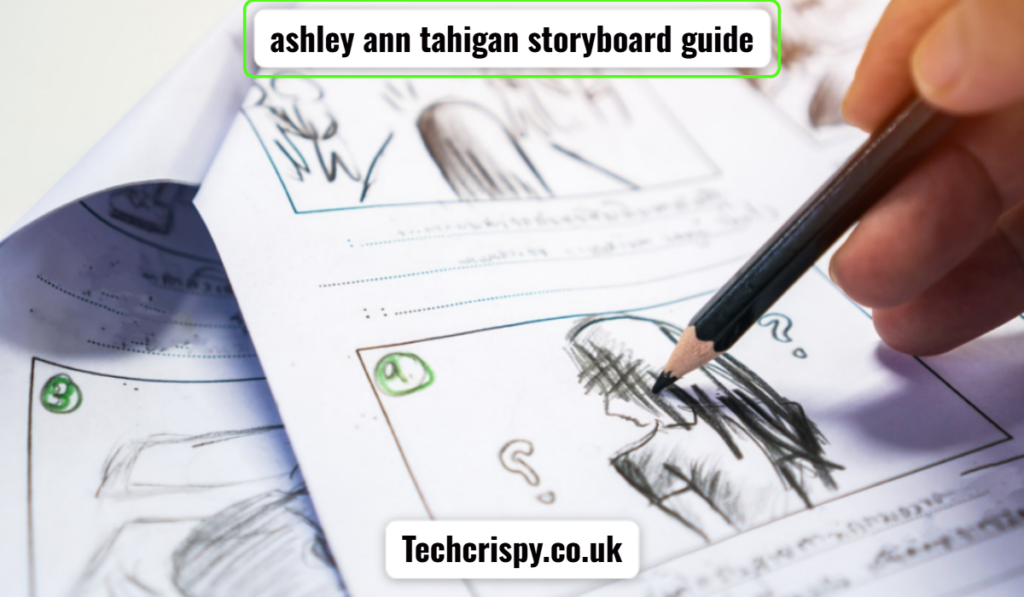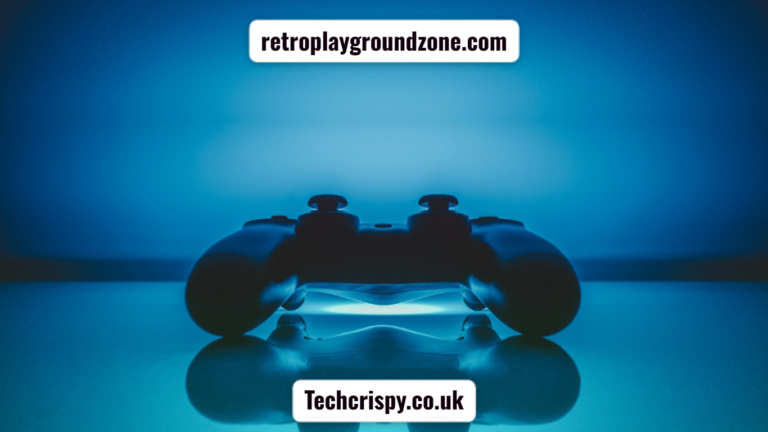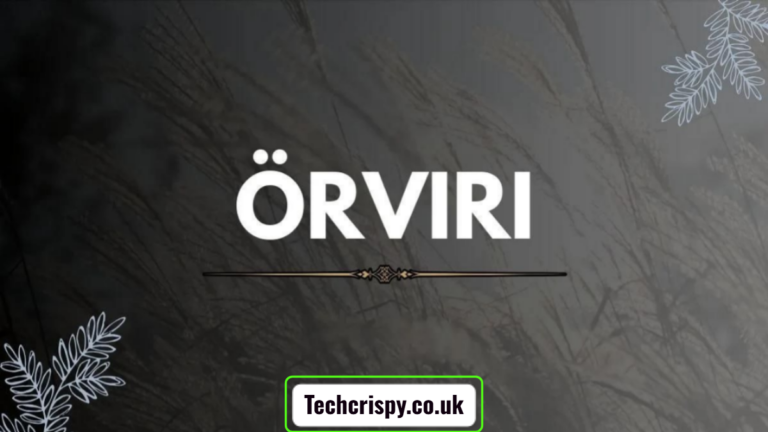
Storyboarding is a crucial part of visual storytelling, offering a powerful way to translate ideas into a visual sequence. Whether you’re a filmmaker, animator, or content creator, mastering the art of storyboarding can make your projects more impactful. In this guide, we’ll explore the storyboard techniques and insights of ashley ann tahigan storyboard guide, a respected figure in the industry known for her innovative and highly detailed approach to storytelling. From understanding the basics to mastering complex sequences, this guide covers everything you need to know.
Why Storyboarding Matters in Visual Storytelling
Storyboarding is the bridge between an idea and its final execution. It provides a clear roadmap for your project, ensuring everyone involved understands the vision. This pre-production step helps eliminate confusion, reduce costly mistakes, and save time during the production process. Here’s why it’s essential:
- Visual Clarity: It clearly outlines the sequence of events, actions, and camera angles.
- Team Coordination: It serves as a universal reference point for directors, animators, and editors.
- Budget Control: Helps predict and control production costs by minimizing reshoots.
- Creative Direction: Offers a visual language for directors to convey their vision accurately.
- Problem Prevention: Identifies potential challenges before they arise in the production phase.
Who is Ashley Ann Tahigan?
Ashley Ann Tahigan is a seasoned storyboard artist known for her ability to craft visually compelling narratives. With years of experience in the industry, she has worked on numerous successful projects across various media, including films, TV shows, commercials, and animations. Her work is characterized by precise shot compositions, dynamic camera movements, and emotionally resonant scenes that capture the essence of the story.
The Hallmarks of Tahigan’s Storyboarding Style
Tahigan’s storyboards are celebrated for their:
- Cinematic Precision: Detailed frames that mimic camera movements and framing.
- Emotional Depth: Ability to convey character emotions through visual cues.
- Efficient Visual Communication: Simplifies complex sequences without losing impact.
- Attention to Detail: Meticulous attention to composition and perspective.
- Innovative Scene Transitions: Creative use of cuts, fades, and overlays.
Building a Professional Storyboard: Step-by-Step
Creating a storyboard that captures the essence of your narrative can be challenging, but following a structured approach can make the process more manageable. Here’s a step-by-step guide inspired by Tahigan’s methods:
1. Understanding the Script
Start by deeply understanding your script. Identify key moments, character motivations, and critical plot points. This step ensures your storyboard aligns perfectly with the overall narrative.
2. Sketching the Thumbnails
Begin with rough sketches or thumbnails to map out the general flow of the scenes. Focus on major actions and significant moments without worrying about fine details at this stage.
3. Adding Camera Angles and Movements
Consider how each shot will be framed. Include notes about camera angles, movements (e.g., zooms, pans), and focal lengths to guide your cinematography.
4. Refining the Frames
Once the basic structure is in place, refine each frame to add clarity and depth. Focus on composition, lighting, and character placement to enhance storytelling.
5. Final Review and Feedback
Before moving into production, review your storyboard with the director, cinematographer, or creative team to ensure alignment with the project’s vision.
Advanced Tips from Ashley Ann Tahigan
If you want to take your storyboarding skills to the next level, consider these professional tips from Tahigan’s playbook:
- Focus on Emotional Beats: Prioritize moments that convey the emotional core of the story.
- Master Perspective: Use perspective to add depth and realism to your frames.
- Utilize Dynamic Movement: Capture motion and action to enhance visual storytelling.
- Balance Simplicity and Detail: Know when to include intricate details and when to keep things simple.
- Iterate and Refine: Great storyboards evolve over time, so don’t be afraid to revisit and polish your work.
Common Mistakes to Avoid in Storyboarding
While storyboarding can be a creative process, it’s easy to fall into common traps that can compromise the quality of your work. Avoid these pitfalls to keep your boards sharp and effective:
- Overloading with Detail: While details are essential, avoid cramming too much into each frame, which can overwhelm the viewer.
- Ignoring Composition Rules: Pay attention to the rule of thirds, leading lines, and visual balance to create impactful frames.
- Neglecting Emotional Impact: Always consider the emotional weight of each scene, ensuring your boards reflect the intended tone.
- Skipping Perspective Practice: Accurate perspective is crucial for realistic scenes – make this a priority.
- Forgetting to Plan Transitions: Smooth scene transitions are vital for maintaining narrative flow.
Conclusion: Bringing Your Stories to Life
Mastering ashley ann tahigan storyboard guide is a critical skill for anyone involved in visual storytelling. By following the principles and techniques of experts like Ashley Ann Tahigan, you can create storyboards that not only guide your production but also elevate the emotional impact of your work. Whether you’re a beginner or a seasoned professional, incorporating these methods will help you tell your stories more effectively.
FAQs
1. What makes Ashley Ann Tahigan’s storyboards unique?
Her work is known for its cinematic precision, emotional depth, and innovative scene transitions.
2. How do I improve my storyboarding skills?
Focus on mastering perspective, emotional beats, and dynamic movements.
3. Why is storyboarding essential in filmmaking?
It provides a visual guide for the entire production process, ensuring consistency and creative clarity.
Also Read This: Mrs Jean Duranzi Phila. School Aide – An Inspiring Journey in Education



